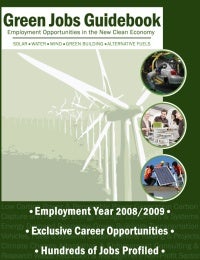 Former President Bill Clinton gave an interesting analysis last night on the Late Show with David Letterman of how we got into our current economic mess. It all started at the beginning of the decade with lots of money to invest and no place to invest it. (For more on this, listen to the excellent report from This American Life on "The Giant Pool of Money".) Since most of the economic activity at this time was in real estate, investment bankers invented something called "mortgage-backed securities". This worked well and they wanted more, so lenders started giving mortgages to people with no ability to repay them – leading to the current mess.
Former President Bill Clinton gave an interesting analysis last night on the Late Show with David Letterman of how we got into our current economic mess. It all started at the beginning of the decade with lots of money to invest and no place to invest it. (For more on this, listen to the excellent report from This American Life on "The Giant Pool of Money".) Since most of the economic activity at this time was in real estate, investment bankers invented something called "mortgage-backed securities". This worked well and they wanted more, so lenders started giving mortgages to people with no ability to repay them – leading to the current mess.
We could have avoided this problem, Clinton said, if government had provided incentives for investment in the next big thing – clean energy.
EDF’s position is that the green economy is our best hope for the future. The incentive we need to make this happen is a cap on global warming pollution.
This post is by Sheryl Canter, an online writer and editorial manager at Environmental Defense Fund.
 Last week, the New York Times Dot Earth blog posted a sobering video of coastline erosion in Alaska. This is no simulation – it’s a time-lapse video made from pictures taken two hours apart from late June to late July of this year.
Last week, the New York Times Dot Earth blog posted a sobering video of coastline erosion in Alaska. This is no simulation – it’s a time-lapse video made from pictures taken two hours apart from late June to late July of this year.










 Last Thursday, the Global Carbon Project released its annual report on the state of the carbon cycle,
Last Thursday, the Global Carbon Project released its annual report on the state of the carbon cycle, 
 Today we’re launching a resource for people who want to enter the green job market. Our new
Today we’re launching a resource for people who want to enter the green job market. Our new  The
The